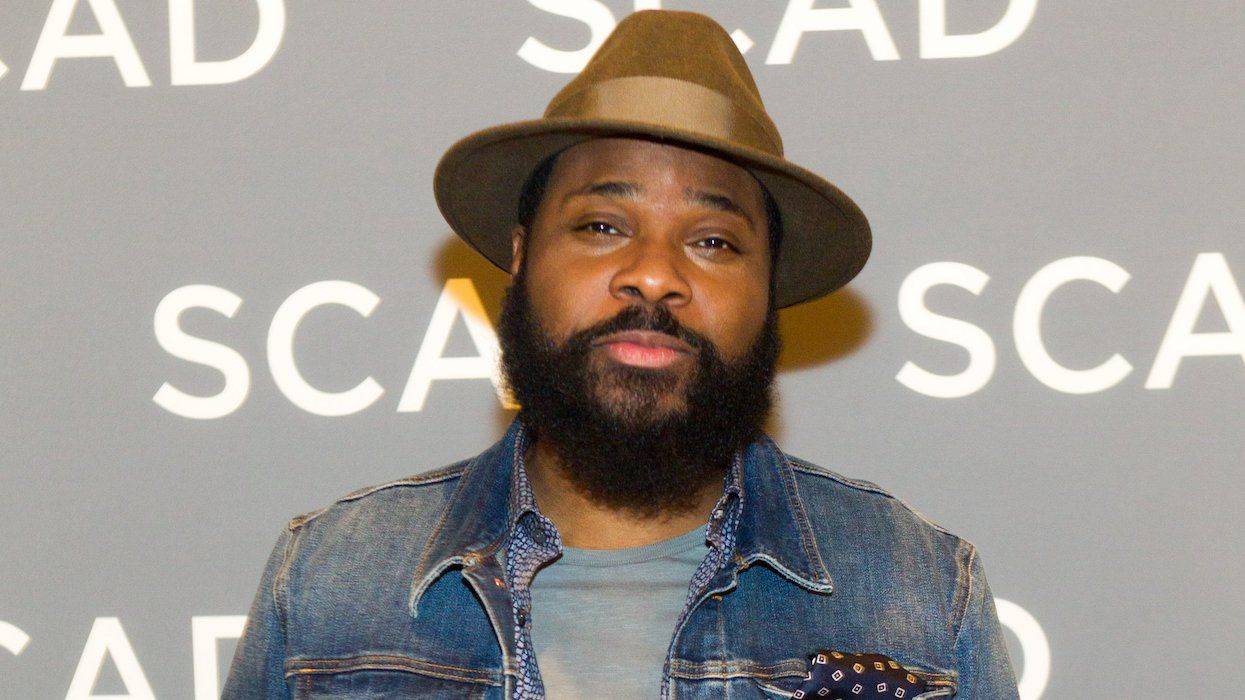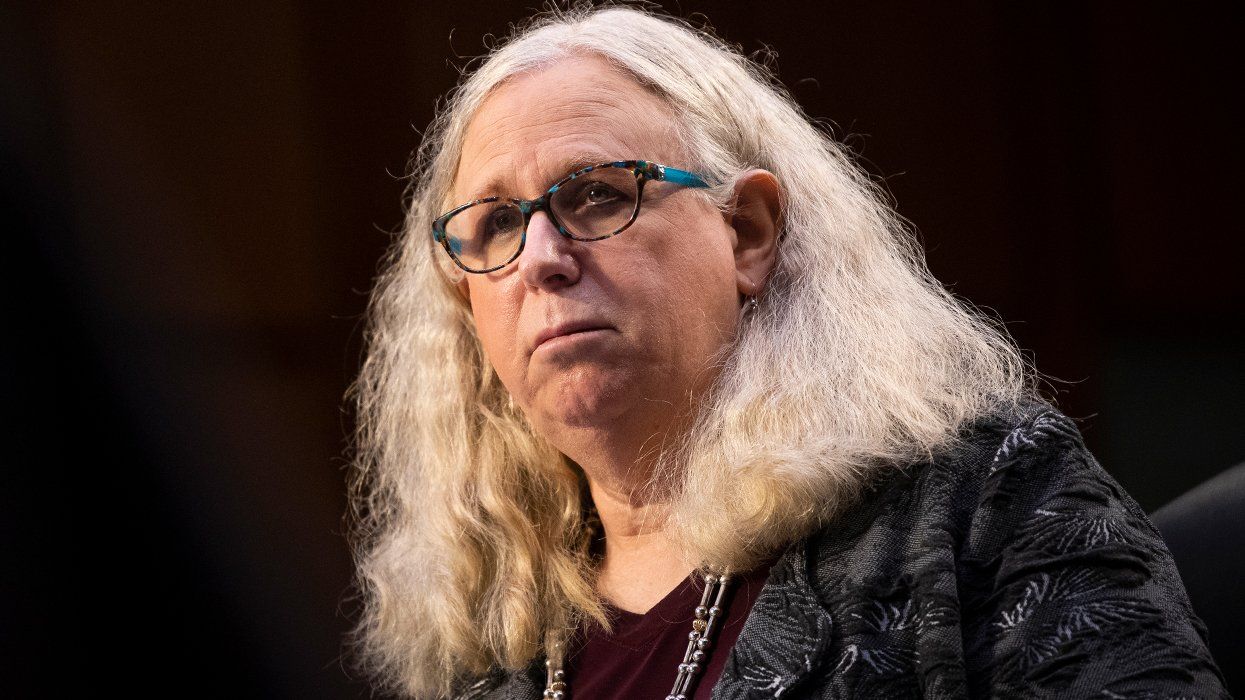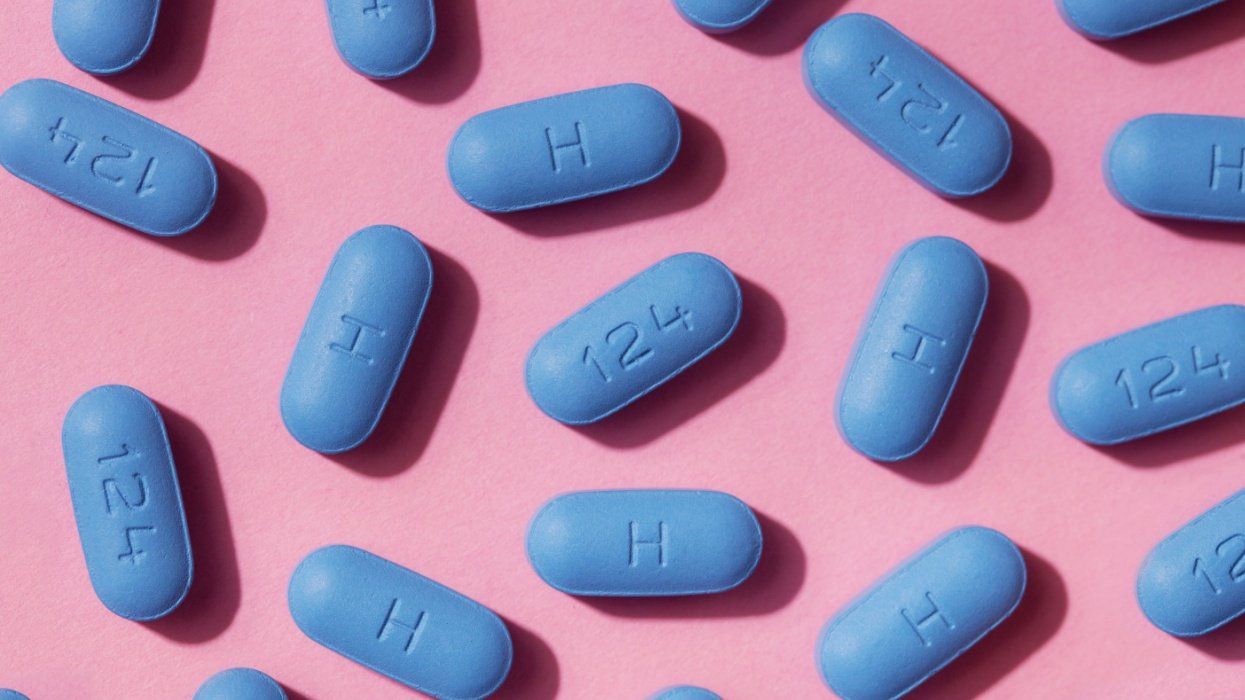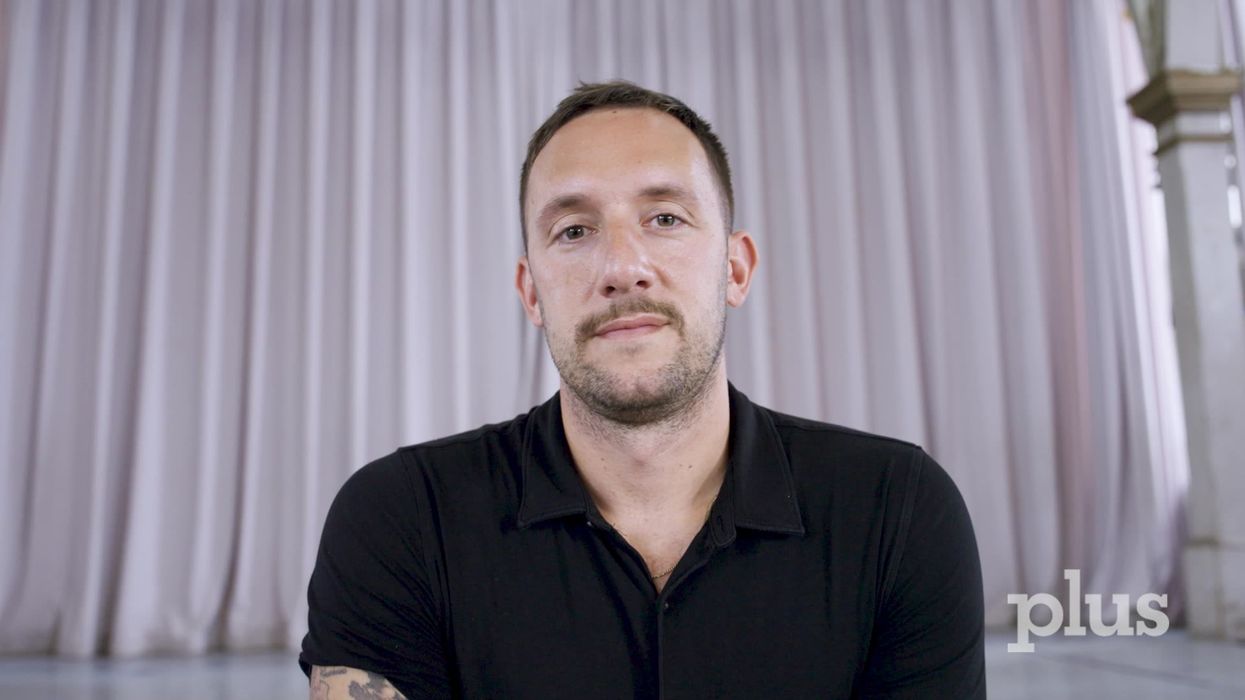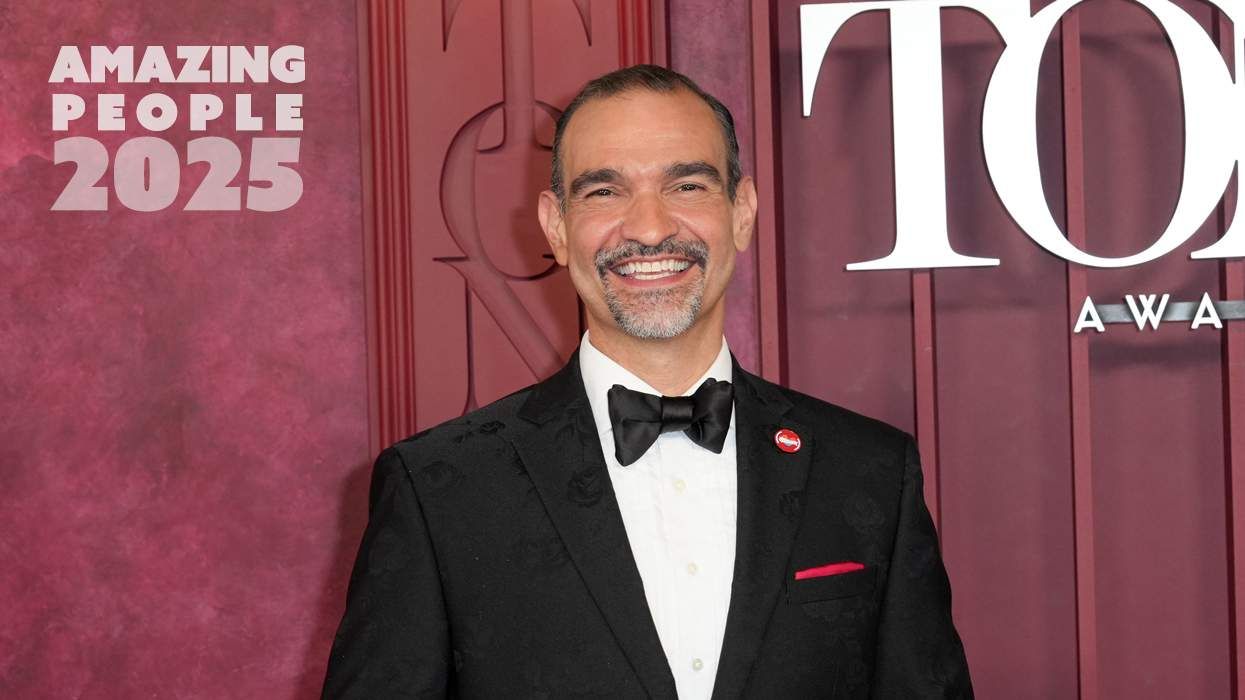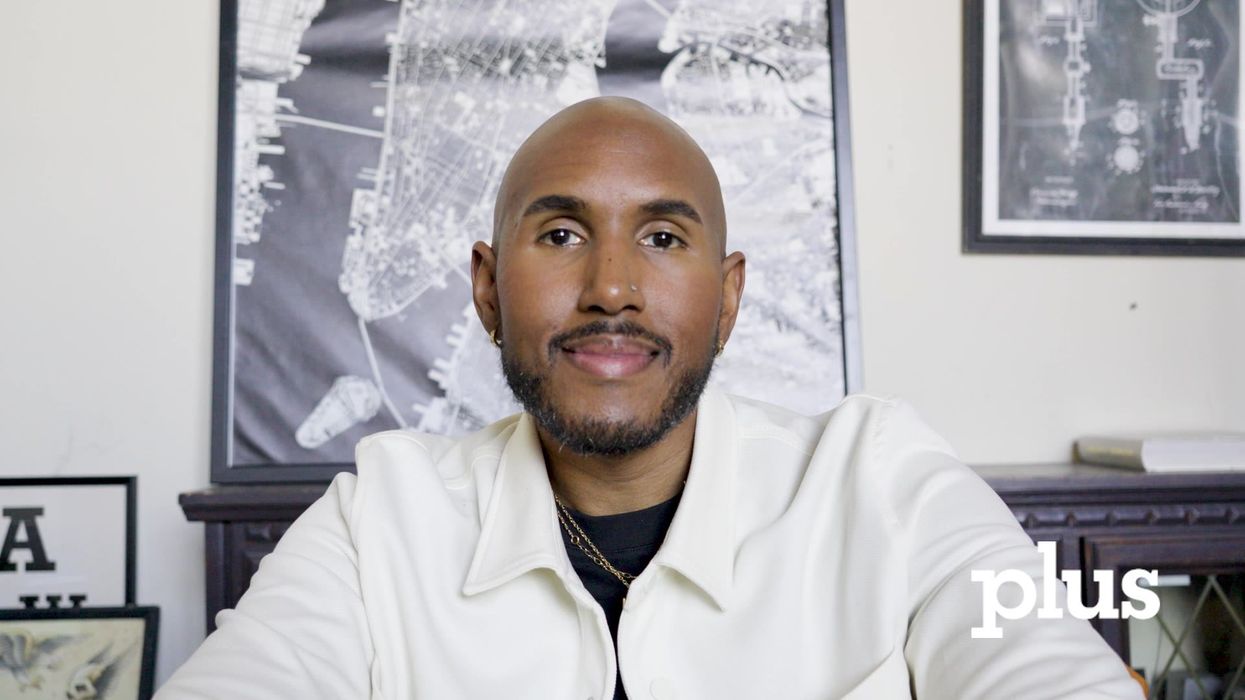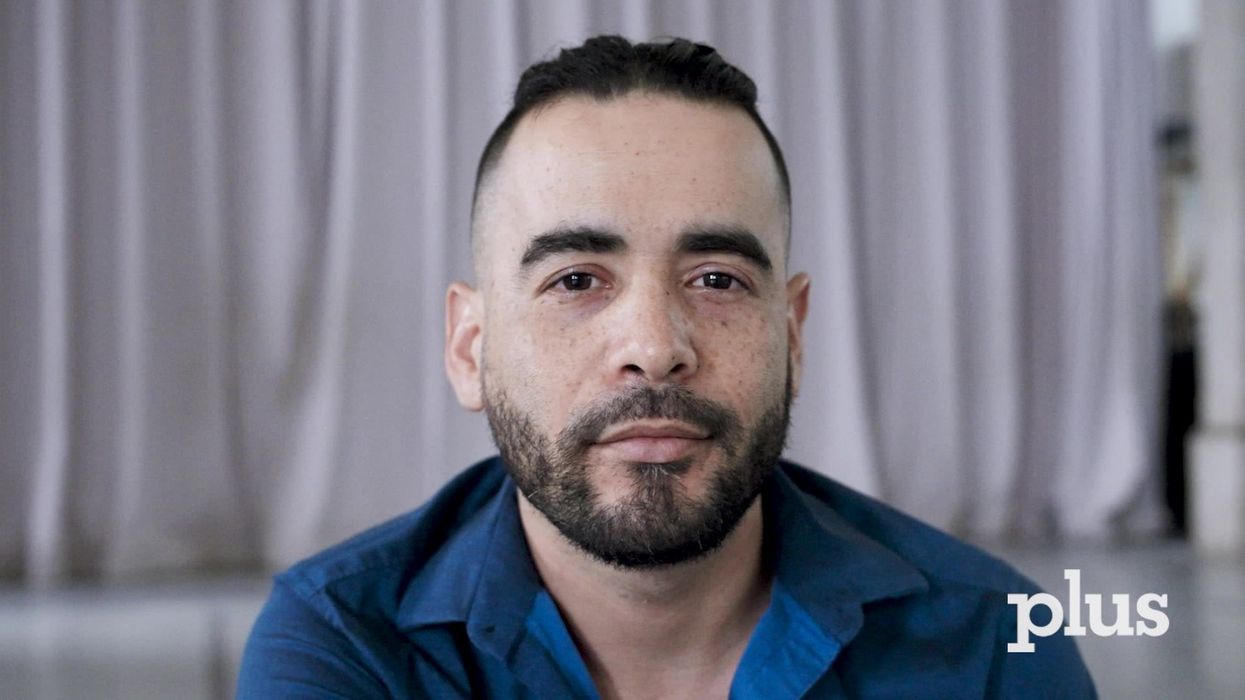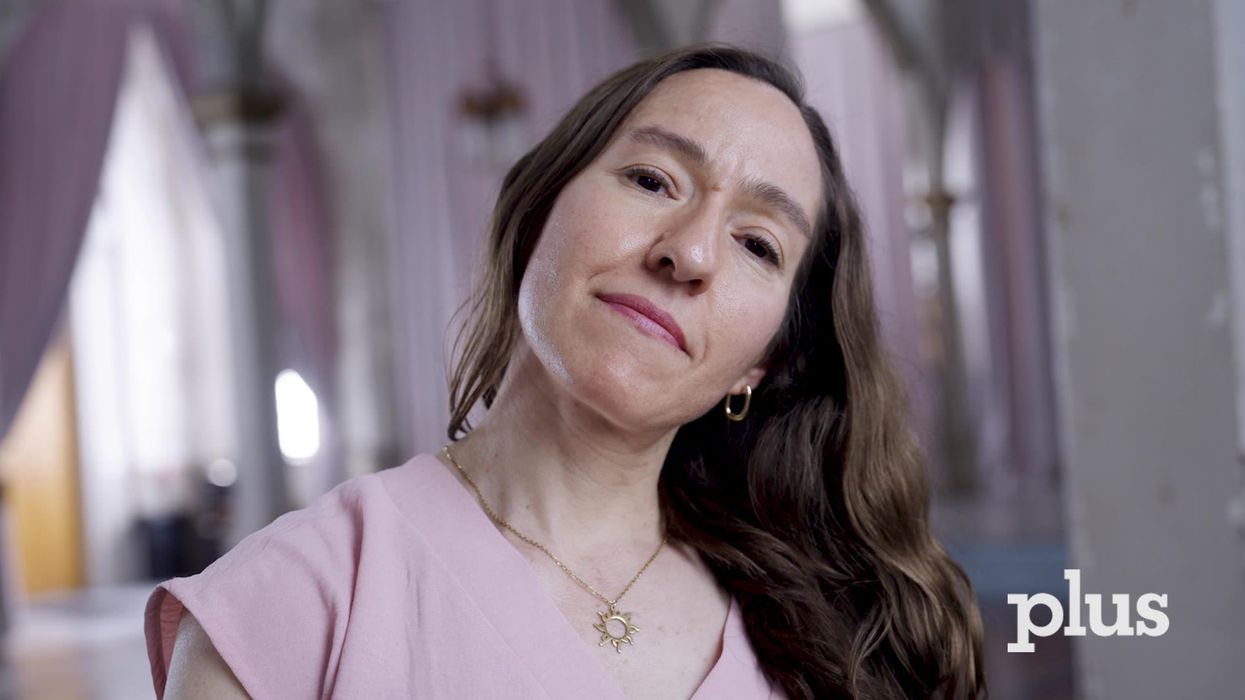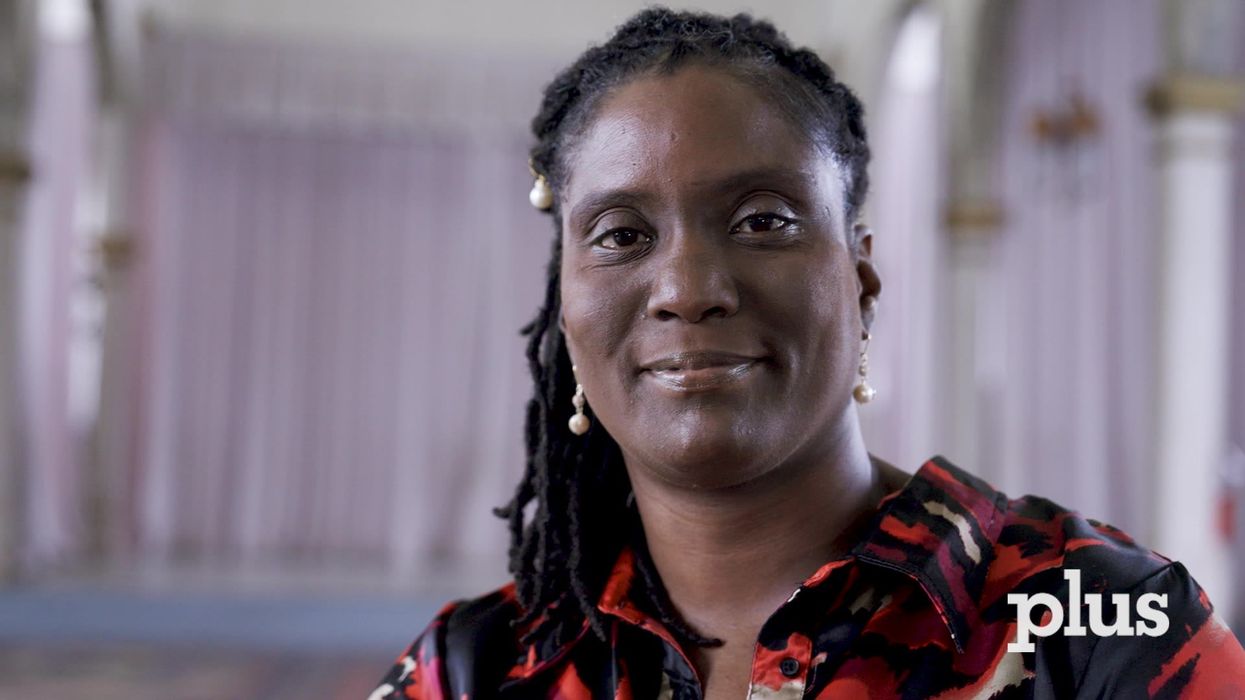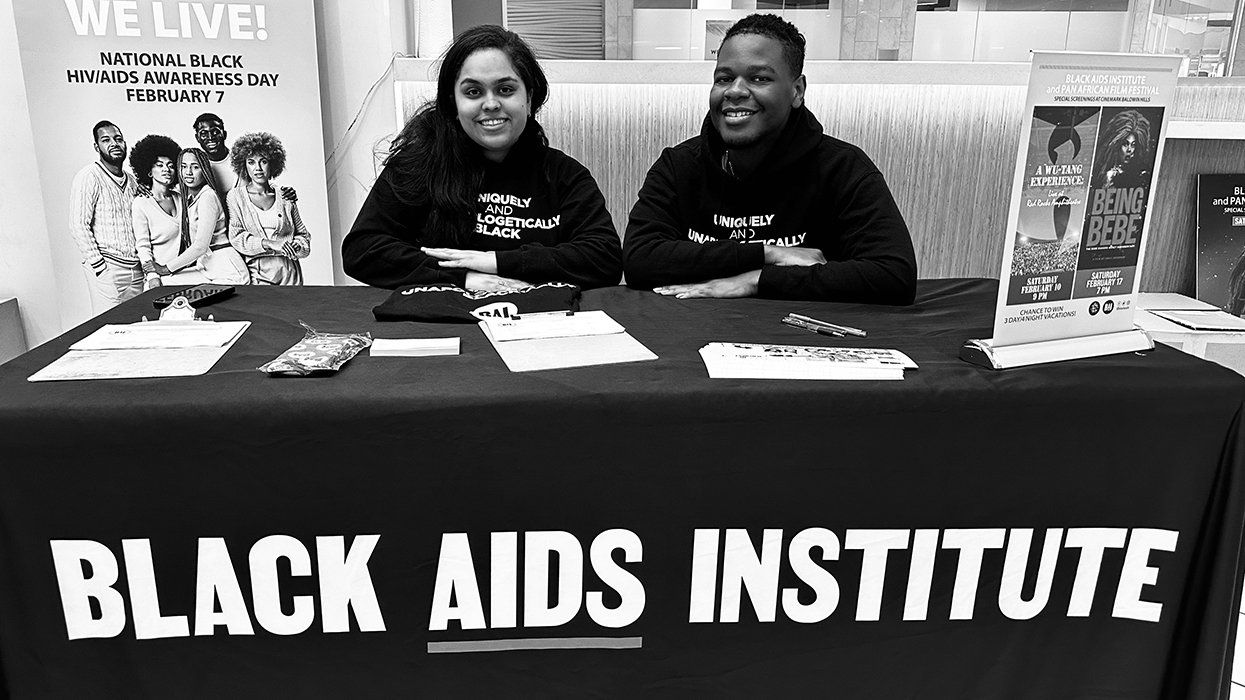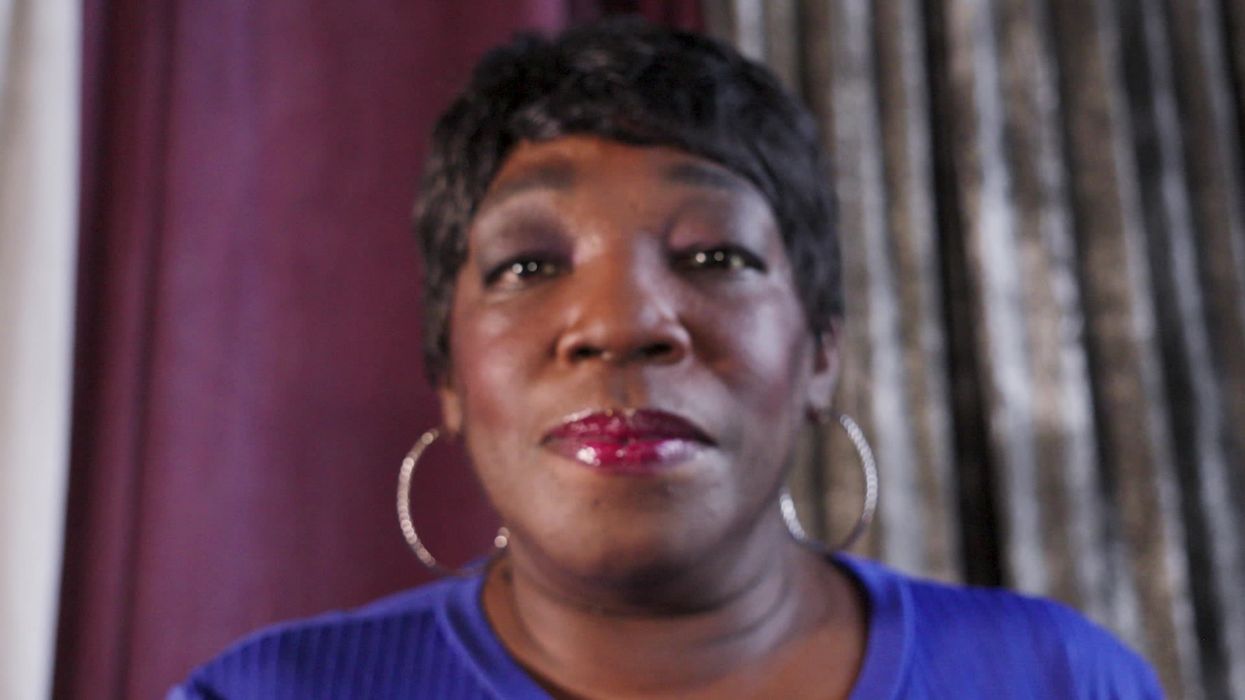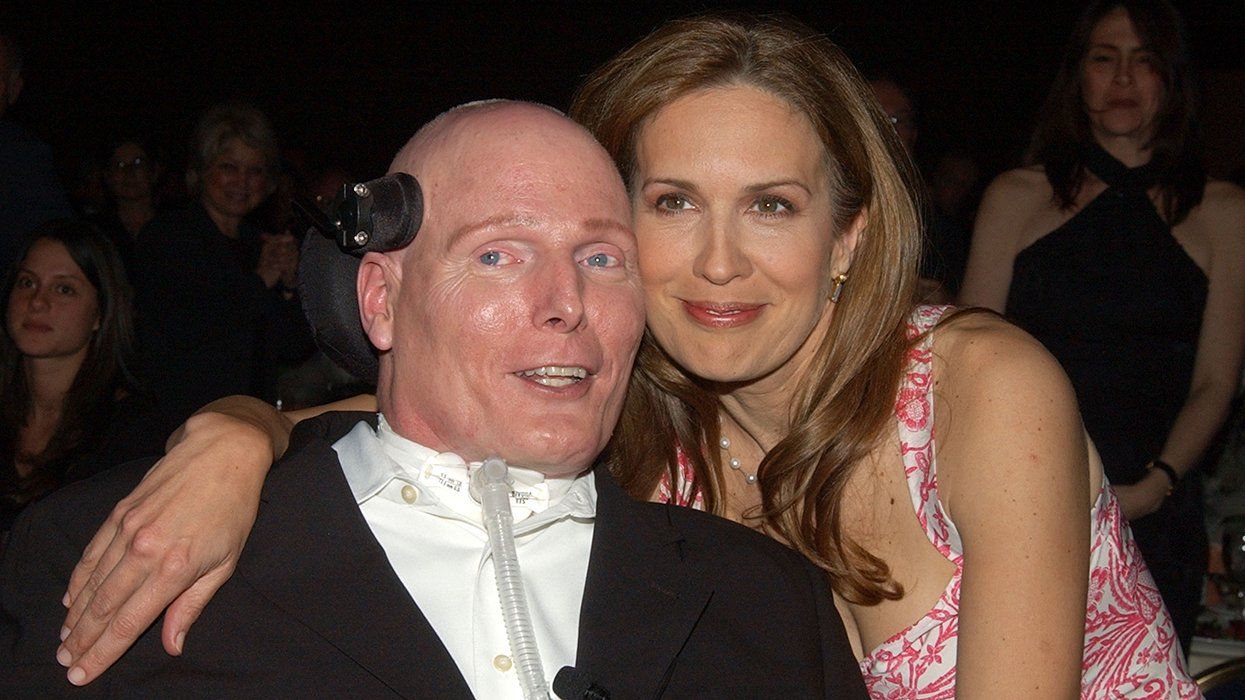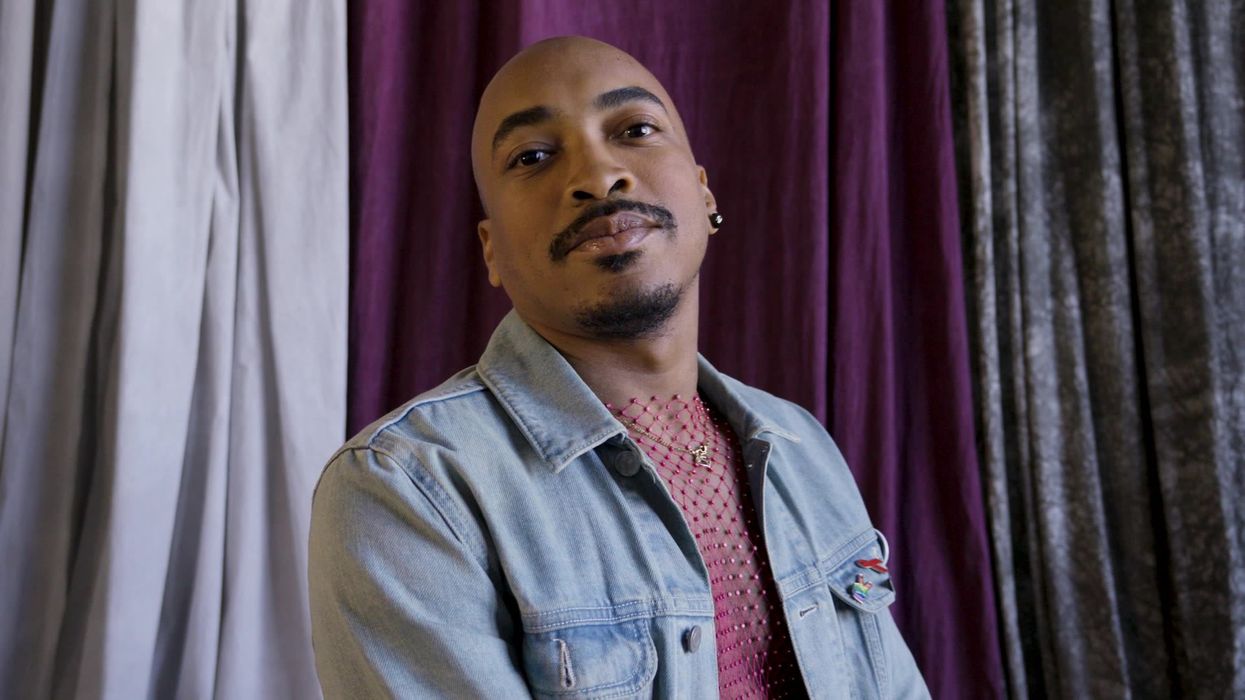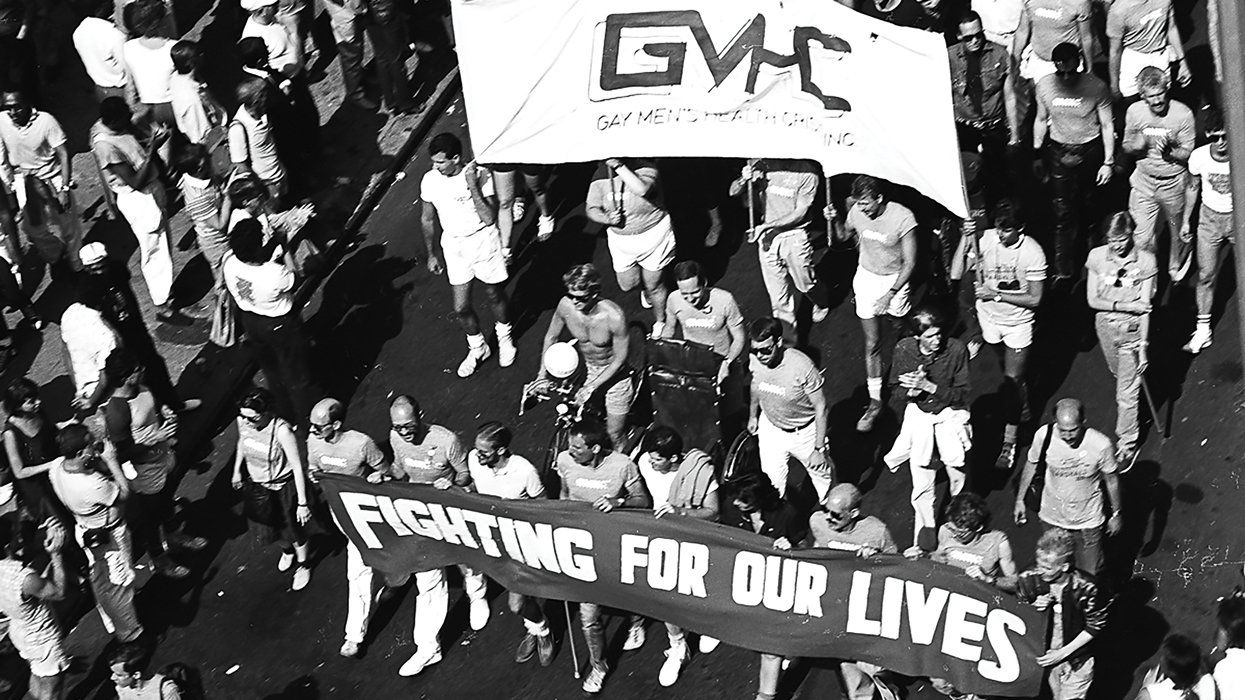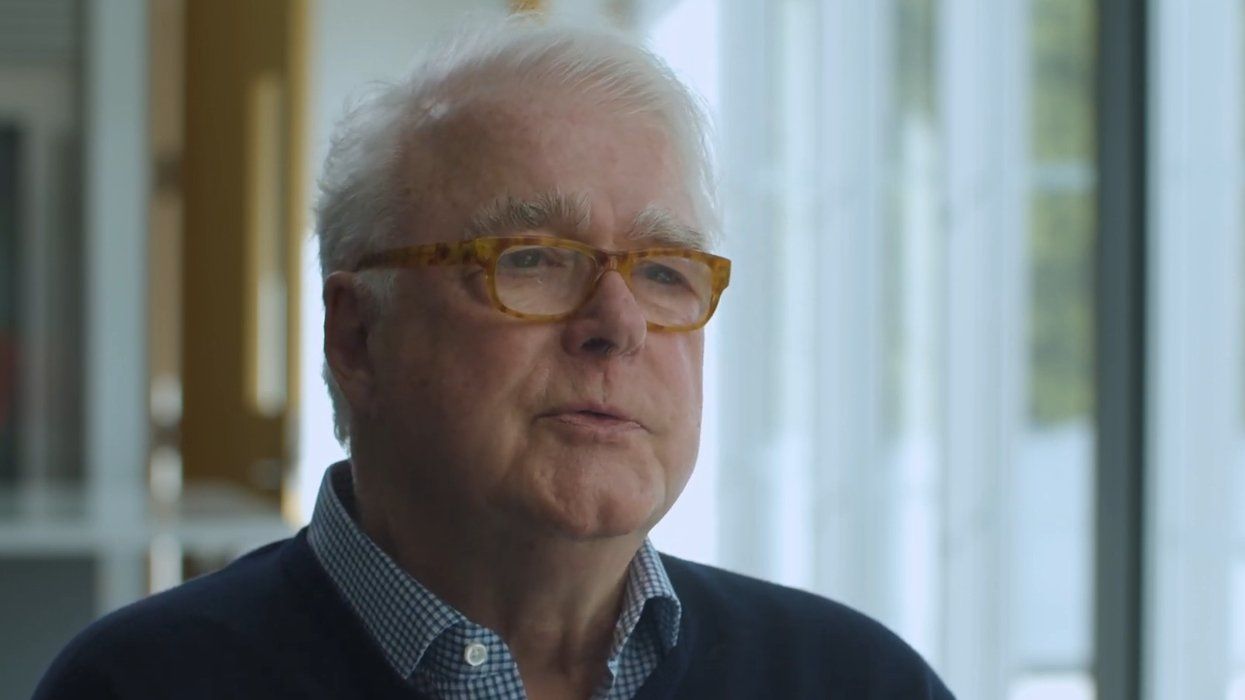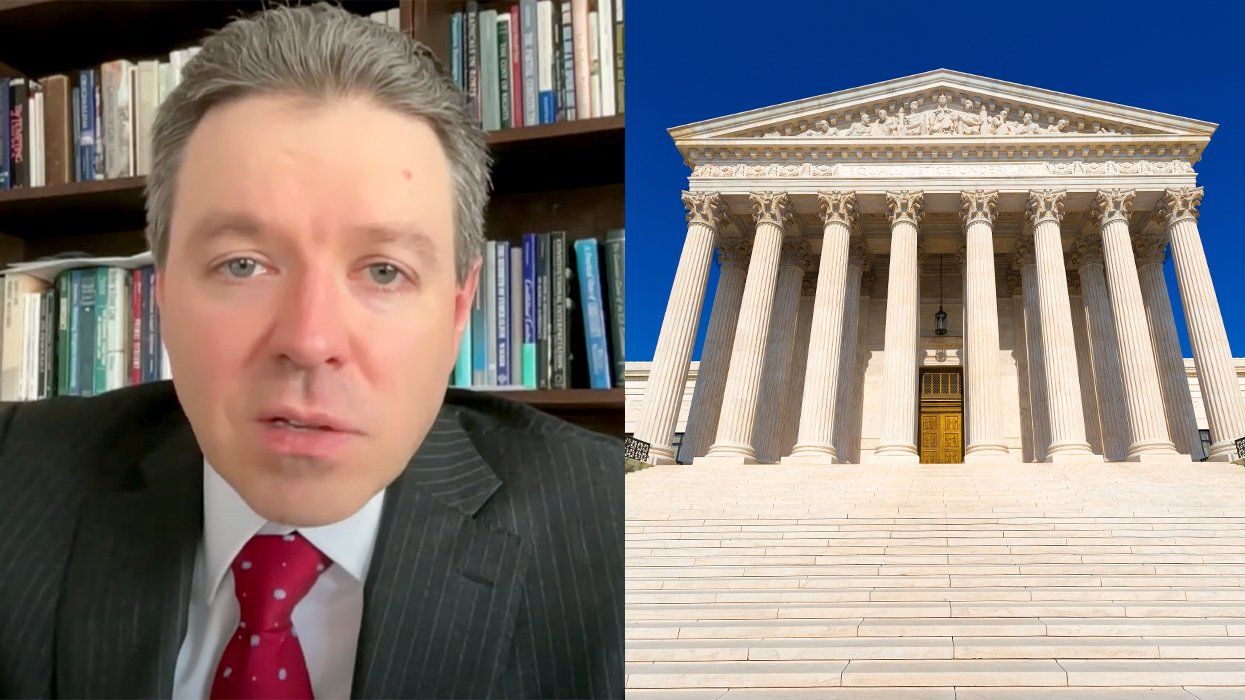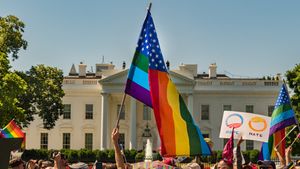
Treatment GuideJust DiagnosedSex & DatingAfrican AmericanStigmaAsk the HIV DocPrEP En EspañolNewsVoicesPrint IssueVideoOut 100
CONTACTCAREER OPPORTUNITIESADVERTISE WITH USPRIVACY POLICYPRIVACY PREFERENCESTERMS OF USELEGAL NOTICE
© 2025 Pride Publishing Inc.
All Rights reserved
All Rights reserved
By continuing to use our site, you agree to our Privacy Policy and Terms of Use.
According to the results of a study released this fall, HIV prevalence will most likely skyrocket among gay men in Western nations as they age. The University of Pittsburgh report, a review of papers published in journals, indicates that the number of new HIV cases among men who have sex with men has risen by about 1.9% each year since 2001, meaning that as gay men in a particular age group get older, HIV prevalence in that group will increase at an accelerating rate. 'Ongoing incidence rates at this level will yield very high HIV prevalence rates within each generation of gay men,' University of Pittsburgh researcher Ron Stall says. Although only one in 12 gay men age 20 were infected with HIV in North America and Europe in 2001, Stall and other researchers project that the rate could rise to one in four by the time they turn 30. The projections suggest that by age 60, 58% of the men could be infected. The numbers are more dire for gay men of color: 4% between the ages of 15 and 22 are currently infected, while 15% between the ages of 23 and 29 are infected. At an average annual rate of increase in new infections of 4%, three quarters of black gay men in the latter age category could be infected at age 50. 'It's not a new story,' Stall says. 'It has been repeated time and again in the literature in the past'an almost unbelievable incidence rate. African-American men who have sex with men suffer among the highest HIV prevalence rates of any risk group in the world.' The report's findings only underscore the need for better ways of preventing HIV infection, instead of just treating its effects. 'HIV is still an incurable disease,' Ronald Valdiserri, deputy director of the National Center for HIV at the Centers for Disease Control and Prevention, says. And in the United States, according to Valdiserri, only 5% of the budget for HIV is spent on prevention. 'America is more interested in treating this disease than preventing it,' he adds. 'We can't treat our way out of this epidemic, even as a rich country.'
From our Sponsors
Most Popular
BREAKING: Supreme Court rules to save free access to preventive care, including PrEP
June 27 2025 10:32 AM
Thanks to U=U, HIV-positive people can live long, happy, healthy lives
July 25 2025 2:37 PM
The Talk: Beyond the exam room
August 13 2025 3:15 PM
Plus: Featured Video
Latest Stories
Amazing People of 2025: Javier Muñoz
October 17 2025 7:35 PM
It’s National PrEP Day! Learn the latest about HIV prevention
October 10 2025 9:00 AM
“I am the steward of my ship”: John Gibson rewrites his HIV narrative
September 16 2025 2:56 PM
“So much life to live”: Eric Nieves on thriving with HIV
September 03 2025 11:37 AM
The Talk: Owning your voice
August 25 2025 8:16 PM
The lab coat just got queer
August 21 2025 10:00 AM
Messenger RNA could be the key to an HIV vaccine — but government cuts pose a threat
August 20 2025 8:02 AM
The Talk: Navigating your treatment
August 01 2025 6:02 PM
The Talk: Starting the conversation
July 25 2025 4:47 PM
How the Black AIDS Institute continues to fill in the gaps
July 25 2025 1:06 PM
“I felt like a butterfly”: Niko Flowers on reclaiming life with HIV
July 23 2025 12:22 PM
Dancer. Healer. Survivor. DéShaun Armbrister is all of the above
July 02 2025 8:23 PM
1985: the year the AIDS crisis finally broke through the silence
June 26 2025 11:24 AM
VIDEO: A man living with HIV discusses his journey to fatherhood
June 10 2025 4:58 PM
Trump admin guts $258 million in funding for HIV vaccine research
June 03 2025 3:47 PM
Grindr is reminding us why jockstraps are so sexy and iconic
May 02 2025 5:36 PM
HRC holds 'die-in' to protest Trump health care cuts
April 28 2025 2:11 PM
Two right-wing Supreme Court justices signal they may uphold access to PrEP and more
April 21 2025 4:10 PM


